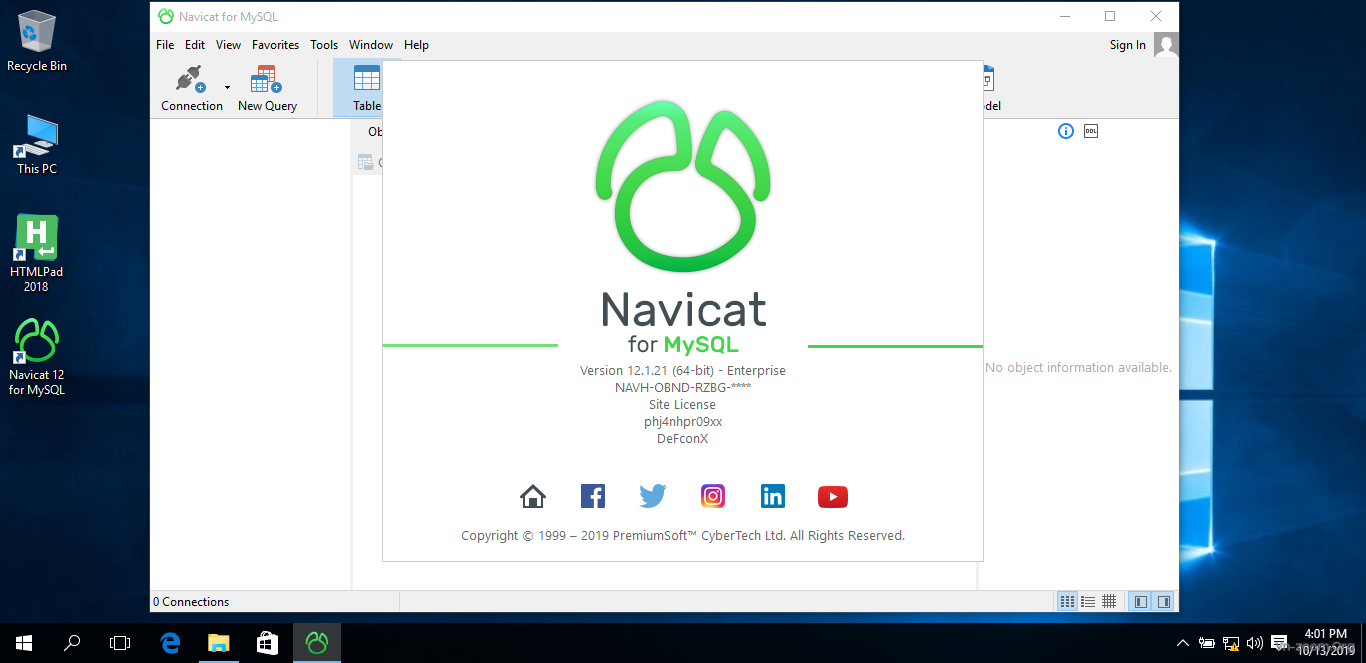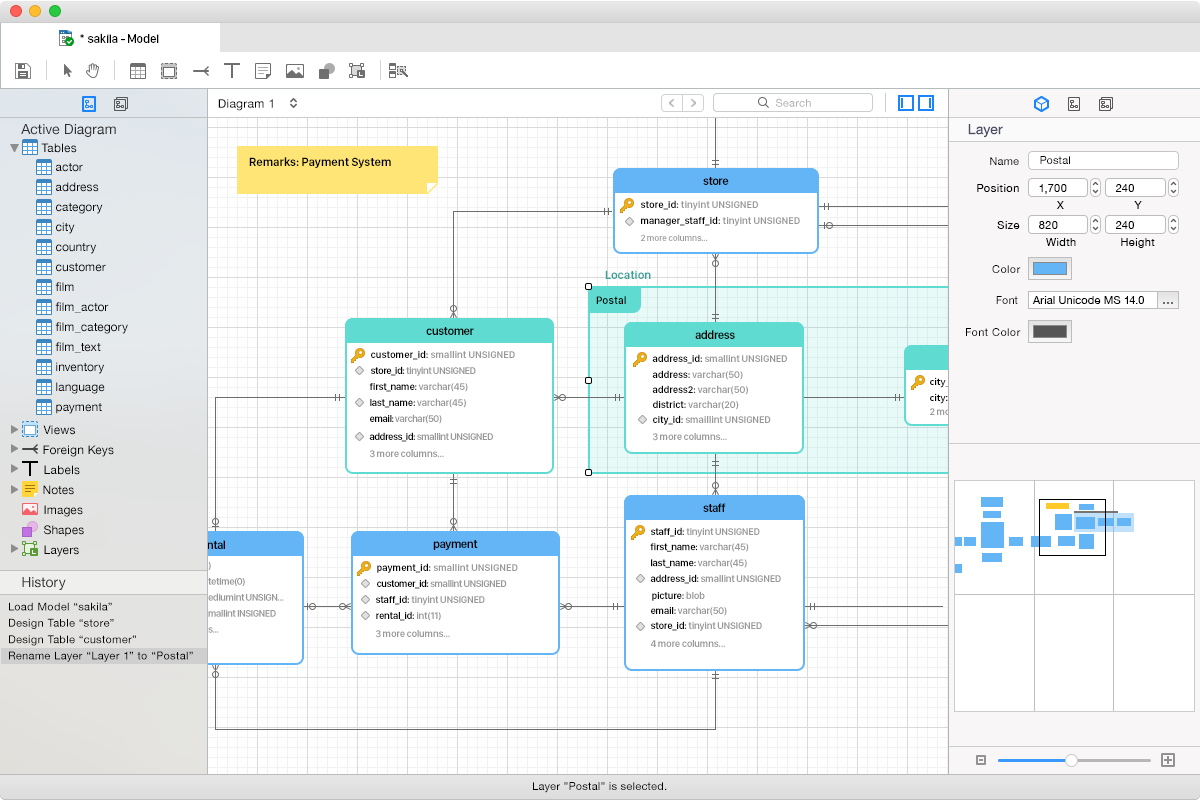

To verify that a member is part of a Set, we can use the SISMEMBER command: In the Navicat Editor, we can remove any Set element by selecting it and clicking the Delete button located under the Element values: Verifying That a Value Exists Similar to the SADD command, SREM return the number of members that were removed. We can remove members from a Set by using the SREM command: Navicat automatically removes duplicate values. Clicking on the ellipsis button on the right of the Element opens a special Editor where you can enter individual Set elements:Ĭlicking the Apply button adds the new Set or element. In the Navicat for Redis Editor, Set values are represented as a Elements. We can see in the last line that only one element was added as there was already a "Mercedes" value.

Note that the SADD command returns the number of members that were added in that statement, not the size of the Set. Here's the command to create a "vehicles" set:

If the key already exists or it is not a Set, an error is returned. If the key doesn't exist, a new Set is created and the unique specified members are added. For that reason, specified members that are already part of the Set are ignored. In Redis, we can create a Set by using the SADD command that adds the specified members to the key:Īs mentioned previously, each element must be unique. This article will go over some of the main commands for managing sets, both via the redis-cli and using Navicat for Redis. In Redis, a Set is similar to a List except that it doesn't keep any specific order for its elements and each element must be unique. In today's follow-up we'll be turning our attention to the set type. Last week's blog article covered the List data type and highlighted some of the main commands for managing them. Redis supports several data types for storing collections of items. A Quick Guide to Redis Sets by Robert Gravelle


 0 kommentar(er)
0 kommentar(er)
